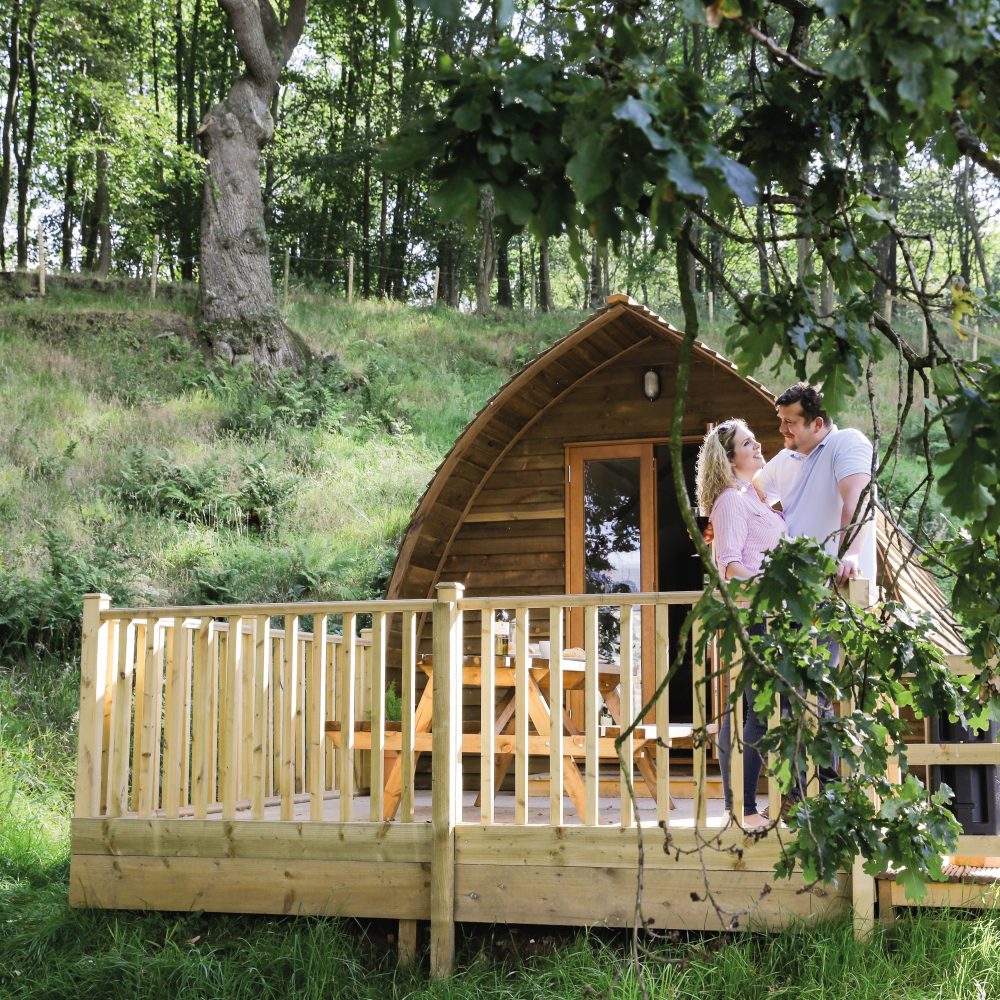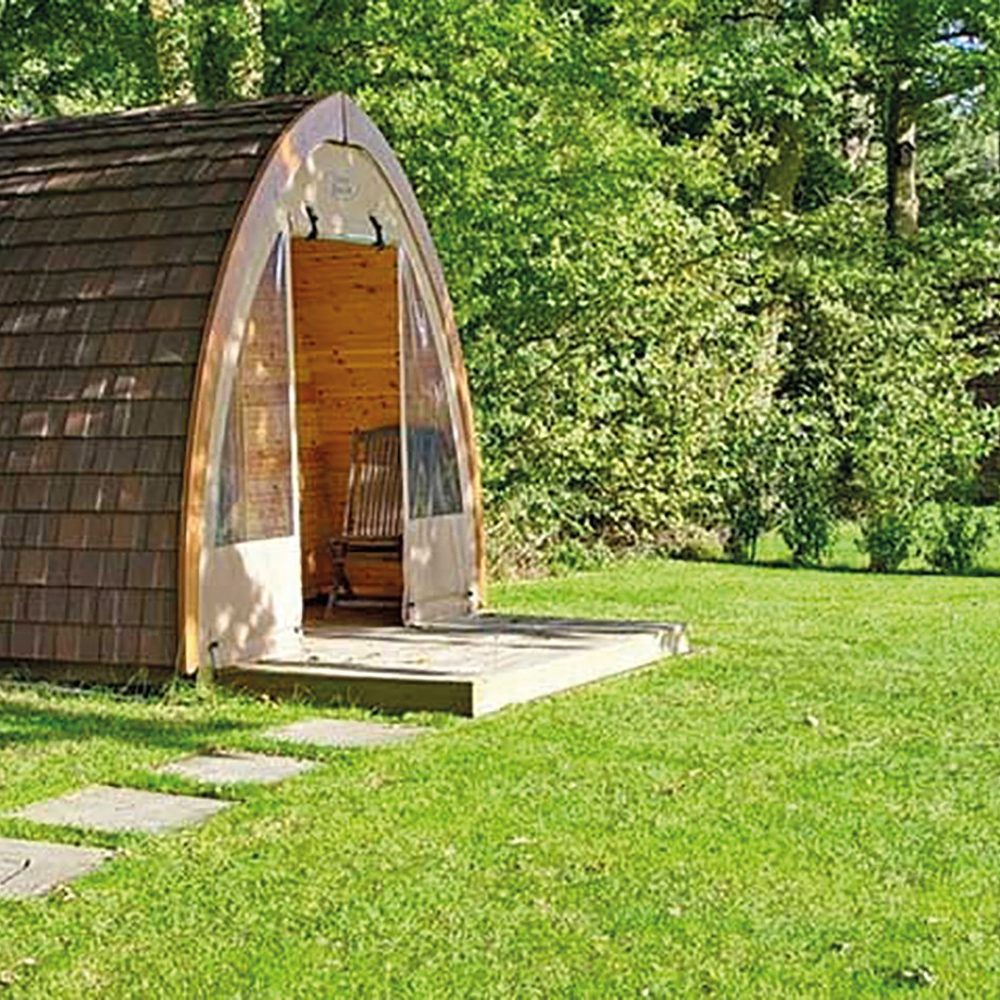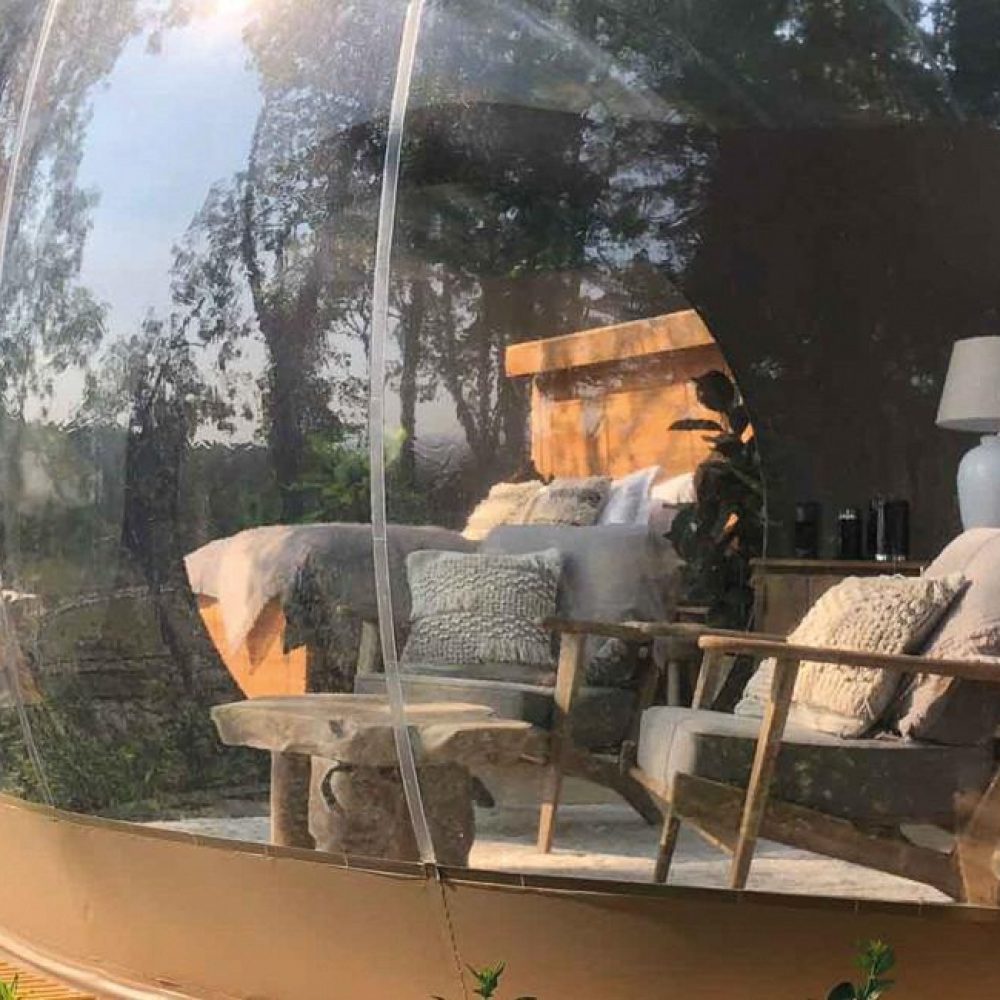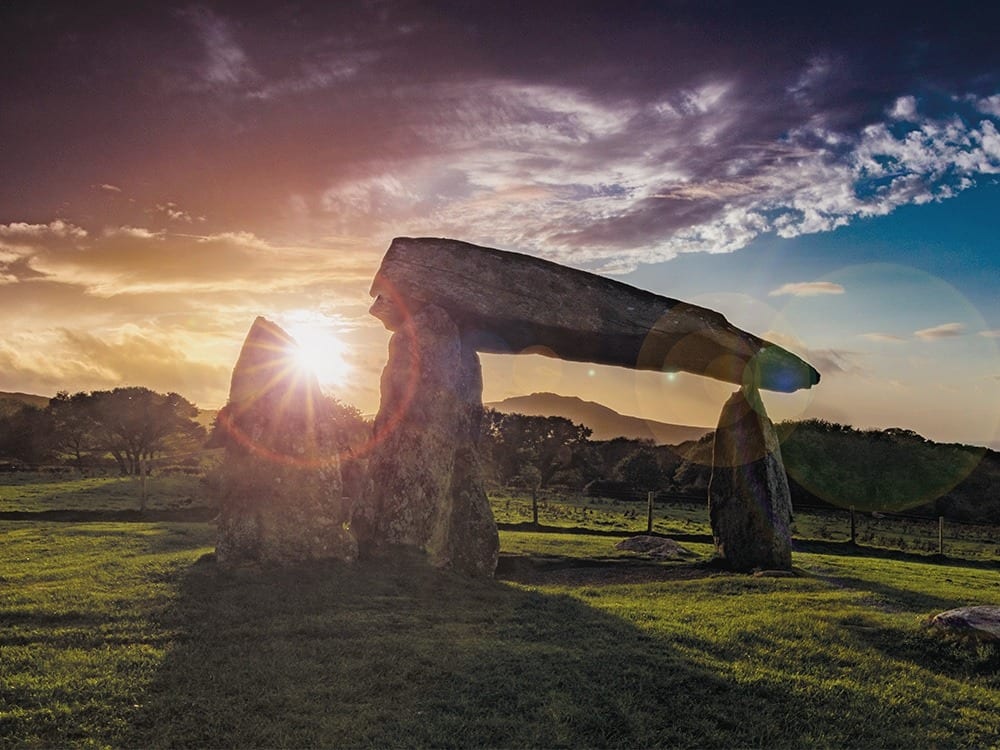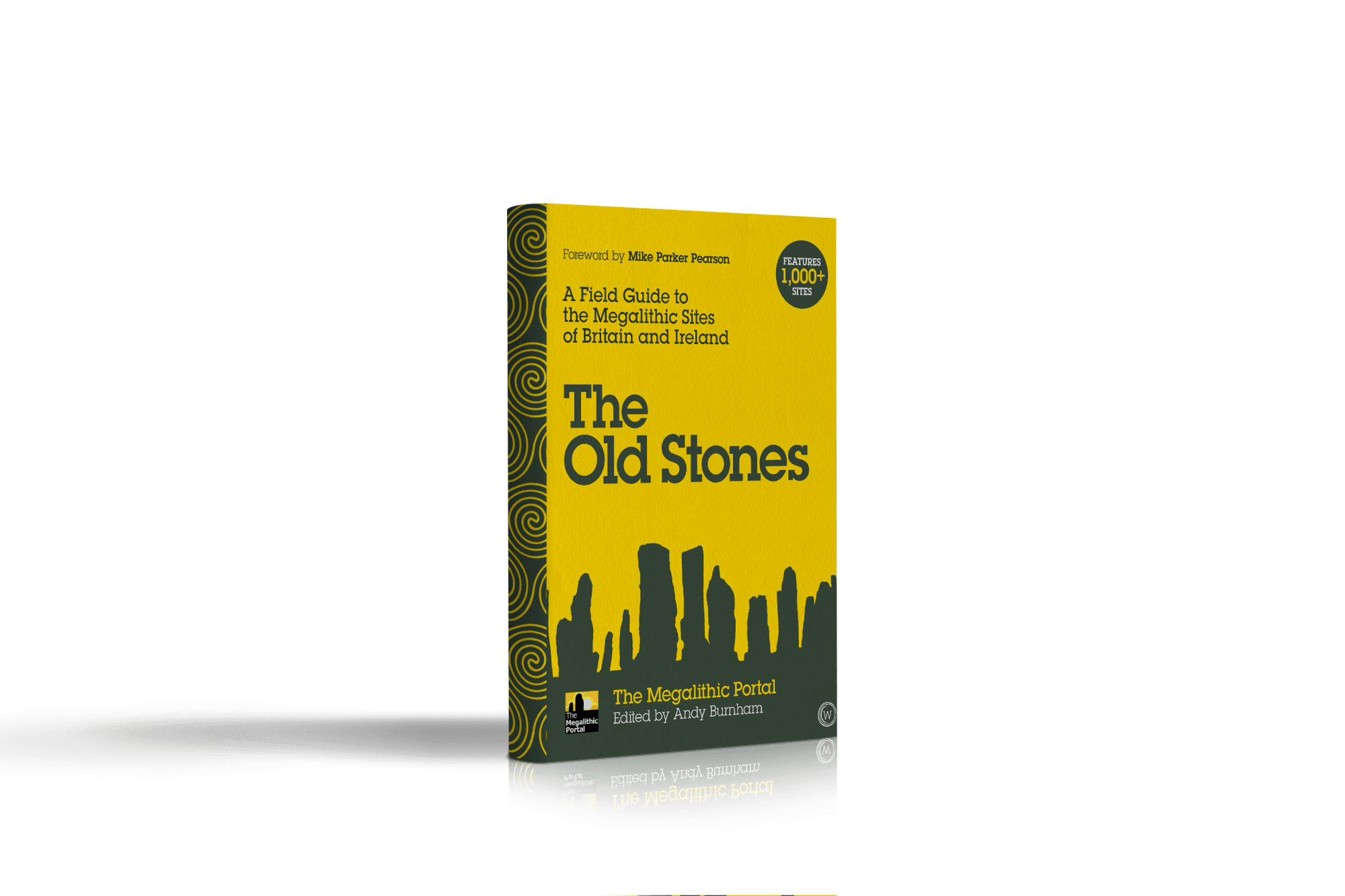Cheltenham Racecourse,
GL50 4SH
Cheltenham began life as a flat meeting in 1815 and steeplechasing became established in nearby Andoversford in 1834, moving to the present course in 1898. The jewel in the course’s crown now is the Cheltenham Festival which takes place over four days in March.
The April Meeting, Easter fun over the two days, children under 18 free, Wednesday 17th & Thursday 18th April, first race 2.05pm, last 5.30pm, tickets from £8
Race Night, amateur riders and trainers get the chance to shine, Radio 1’s Greg James will take centre stage in The Centaur to entertain race goers into the evening with live music. For more information check out the Centaur Party Packages, Friday, 3rd May, tickets from £8
Dress code: as many meetings take place during the colder months, race goers are encouraged to dress accordingly but there is no specific race day style at Cheltenham
• For more details, other meetings later in the season and events visit www.jockeyclub.co.uk
Windsor Racecourse,
SL4 5JJ
Set on its own island in the shadow of Windsor Castle, racing at Datchet Ferry was recorded as early as 1682. Steeplechasing began in the mid-19th century and flat racing on the current site at Rays Meadow in 1866. Windsor was one of the few courses allowed to continue racing during the two world wars despite a bomb falling during racing. Jump racing ended at the track in 1998 to preserve the ground for flat racing.
2019 Season Opener, Monday, 8th April, tickets from £18
Celebrate the start of the season with seven races on a spring afternoon
Easter Eggstravaganza, Monday, 15th April, tickets from £14
Enjoy a great afternoon of Easter family fun including an egg hunt, all entertainment and children under 18 free.
Free racenight, Monday, 29th April
To kick off the start of the evening racing season, this first night is FREE, but you must register in advance by the day before.
Family fun day with free funfair, Monday 6th and 27th May and regular night racing (13th & 20th), ticket prices vary
Dress code: Club Enclosure & Grandstand Enclosure – dress smart including jeans and shorts, no trainers or sportswear. Men should wear a collared shirt. No flip flops. There is no dress code in the Silver Ring Enclosure.
• For more information about other events during the season, visit www.windsor-racecourse.co.uk
Ascot Racecourse,
SL5 7JX
The potential for a course was first seen by Queen Anne in 1711 when she wanted a place for her “horses to gallop at full stretch”. By 1752, Ascot’s popularity had already spread and in 1807, Ascot’s oldest surviving race The Gold Cup was run for the first time. Six years later the Royal Enclosure was launched and is still strictly by invitation only. Gallop forward nearly 200 years and a major facelift was carried out in 2006 with the Royal Meeting that year at York.
Sagaro Stakes Raceday, Wednesday, 1st May, gates open 11am, first race 2pm, last race 4.55pm, tickets from £16
The first fixture of the 2019 flat season
May Racing Weekend, Friday 10th May, timings as above, tickets from £12
A fun Friday atmosphere with street food pop ups and eclectic bars
Victoria Cup Raceday, Saturday, 11th May, first race 2.15pm, last race 5.10pm, tickets from £20
Ahead of Royal Ascot in June, this day features entertainment from tribute acts and great food to be enjoyed.
Dress code: King Edward VII and Winning Post enclosures – ladies should dress smart and hats are encouraged, men are required to wear a jacket and tie, tailored shorts are allowed, no trainers. Queen Anne Enclosure – there is no formal dress code but smart dress is encouraged.
• For more information about other events during the season including Royal Ascot, visit www.ascot.co.uk
Newbury Racecourse,
RG14 7NZ
The first recorded racing took place in Newbury in 1805 but the racecourse itself didn’t come into being for another 90 years with the first ever meeting in September 1905. It started as a flat racing course but soon began National Hunt meetings. Today the course combines heritage with a host of events including popular music nights. Newbury Racecourse has just finished a £21million development programme so why not go along and see it for yourself!
Dubai Duty Free spring trials & beer festival, Friday 12th & Saturday, 13th April, gates open 12pm, first race 2pm, last race 5.20pm, tickets from £18
As well as two great days of racing to kick off the flat season, there are more than 690 beers and ciders to sample from local producers
The Peter O’Sullevan Lambourn Open Day, Friday, 19th April, tickets from £12
Starlight Charity Raceday, Friday 17th May, times TBC, tickets from £18
Event in aid of Starlight which grants the wishes of terminally ill children
Al Shaqab Lockinge Day, Saturday, 18th May, times TBC, tickets from £26
The richest race day at the course and Ladies Day (dress to impress) as well as live music throughout the day and the after party to enjoy.
Dress code: Premier Enclosure – racegoers are encouraged to dress smart, men should wear a collared shirt, smart denim and tailored shorts are accepted. No trainers or sportswear. Grandstand enclosure – more relaxed but with same restrictions on denim and inappropriate clothing.
• For more information about other events during the season including Tom Jones (20th July) and Madness (17th August), visit www.newburyracecourse.co.uk
![]() The men’s race is due to start at 3.10pm and the women’s at 2.13pm. The fan parks open at 12pm.
The men’s race is due to start at 3.10pm and the women’s at 2.13pm. The fan parks open at 12pm. 









